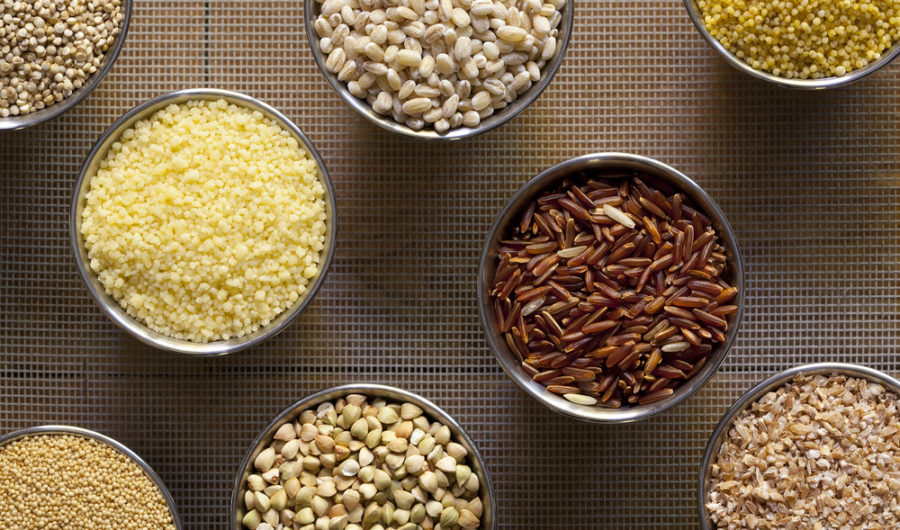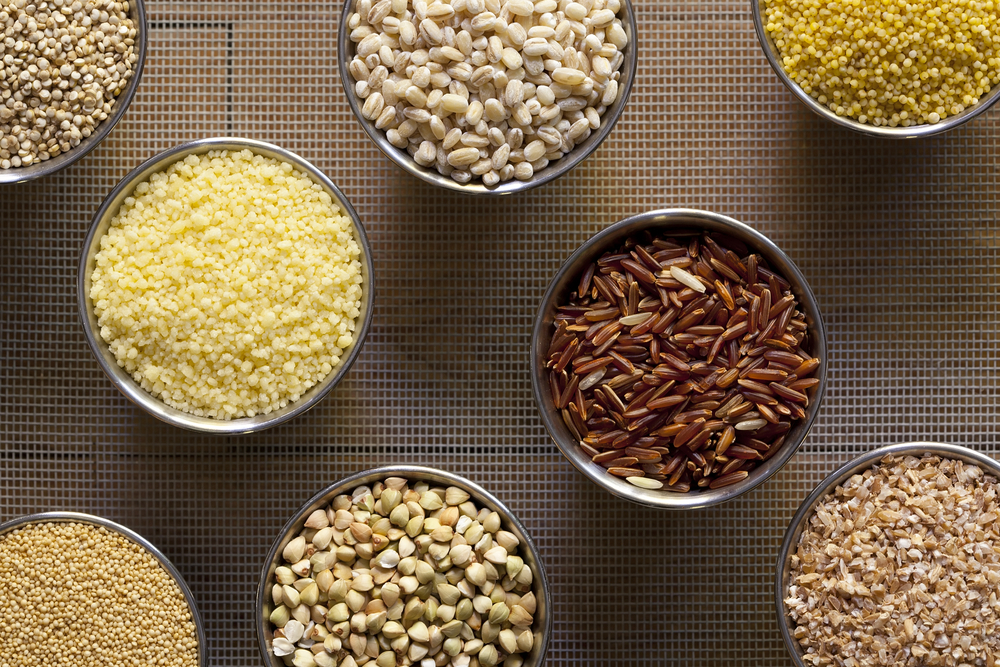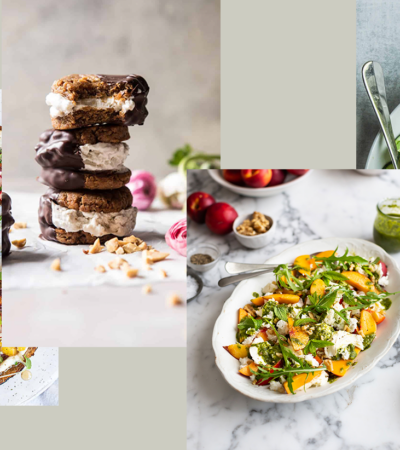Being healthy needn’t mean going carb-free. If you remember the ‘food pyramids,’ from science lessons, whole grains make up an integral part of a balanced diet. Offering a wealth of health benefits and a filling addition to any meal (meaning you’re far less likely to reach for the biscuit tin), they are an essential pantry staple.
Confused which grains to go for? An array of alternatives to the usual brown rice, quinoa and oats are currently the talk of nutritionists and foodies alike, and we’ve narrowed them down to our faves!
Teff
It is impossible to open Honestly Healthy’s new ‘Cleanse’ book without spotting regular references to Teff. This gluten-free grass seed, which has been a staple for centuries in Ethiopia, is rich in calcium, iron and silica, a mineral with beneficial effect on bones, skin and connective tissues.
What Do I Do With It? – Teff is most commonly fermented and used to make Injera, a North African flatbread similar to sourdough. Similar to quinoa in size, this supergrain can also be used in porridge and polenta-like cakes.
Freekeh
It may not be wheat free, but Freekeh (pronounced freak-eh) is currently the buzzword on a number of health experts lips. Containing three times as much fibre as brown rice and twice the amount of quinoa, this green wheat is harvested earlier than its mature alternative meaning it also has higher levels of protein and minerals.
What Do I Do With It? – Use in place of brown rice or barley in pilaf, salads and risottos.
Buckwheat
Don’t be mislead by the name, buckwheat is actually a seed from the same family as rhubarb. Filled with essential amino acids, high quality protein and magnesium, this super grain is also great for stabilising blood sugar levels due to its high mineral content.
What Do I Do With It? – The options are endless, as buckwheat is both versatile and inexpensive. A favourite with Deliciously Ella, use the flour in baking (search buckwheat pancakes on Instagram for an array of inspiration!), the wholegrain as an alternative to porridge and soba noodles in soups and stir fries.
Millet
No, it’s not just for birds, this ancient, gluten-free seed has been used in cooking for over 4,000 years. Full of vital minerals including copper, manganese and phosphorus, millet is a great source of magnesium, which has been shown to lower high blood pressure and reduce the risk of heart attack.
What Do I Do With It? – Throughout history millet has been used in everything from beer to roti. We like it best cooked in coconut milk as porridge, or due to the delicious, nutty flavour as a side to roasted veg and hummus.
Amaranth
Like buckwheat and millet, amaranth is actually a seed. A nutritional powerhouse, this tiny grain (similar to poppy seeds in size) contains more protein, iron and fibre than any other gluten free alternative and is an excellent source of lysine which makes it really easy to digest.
What Do I Do With It? – Sprout, pop or simmer amaranth for a great alternative to rice. Popped amaranth is delicious for breakfast with coconut yoghurt and berries. Check out our Amaranth Museli recipe here!
words by Harriet Tisdall














